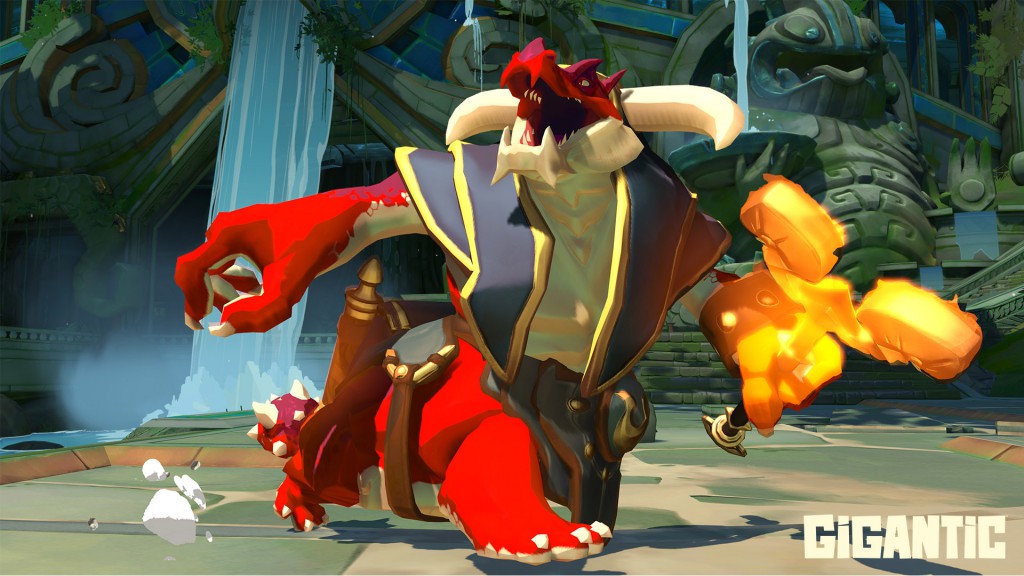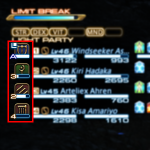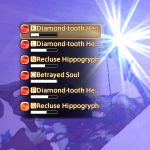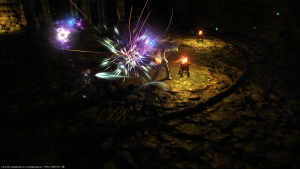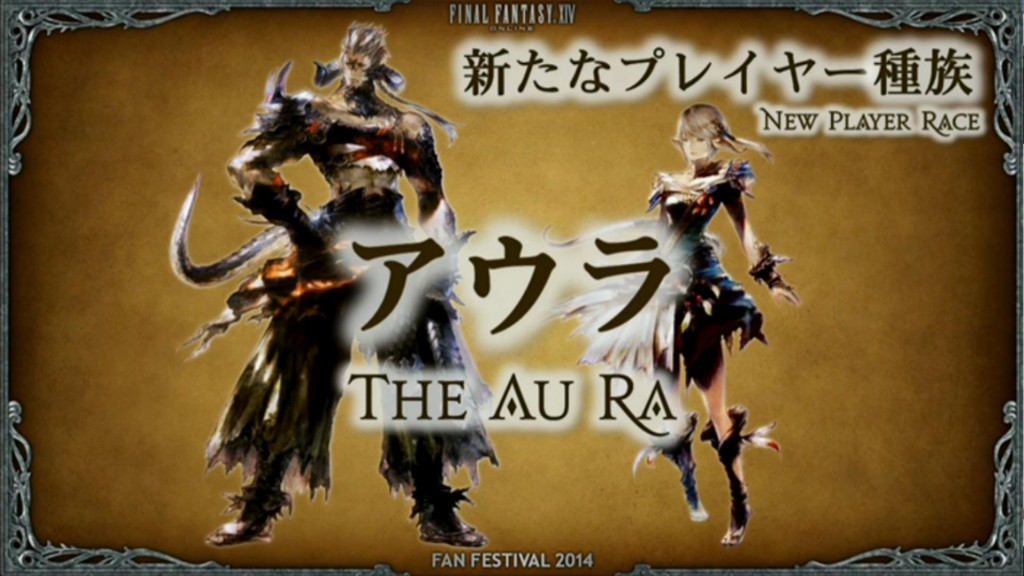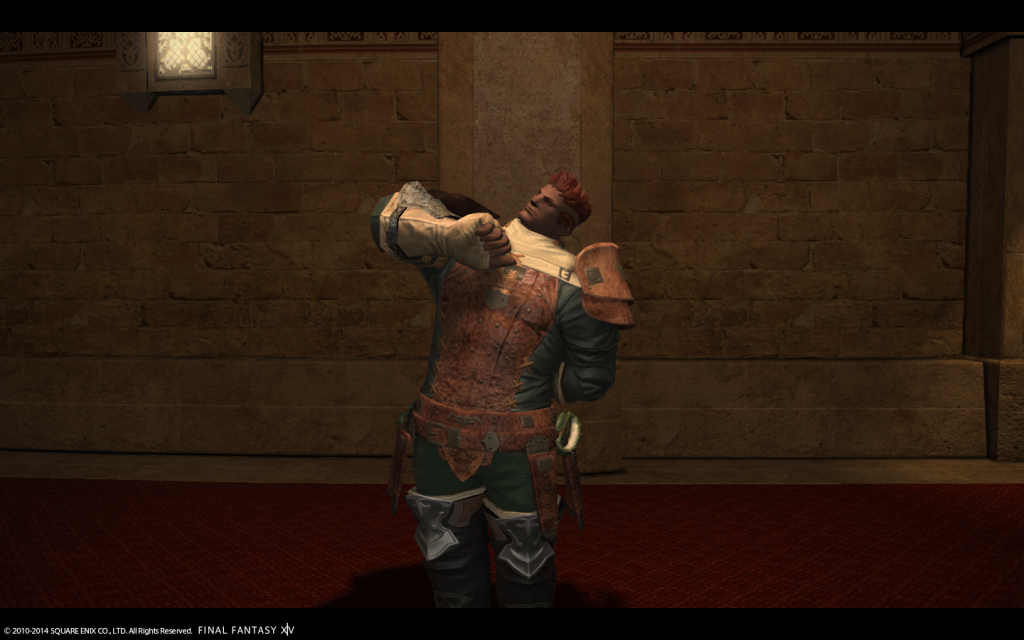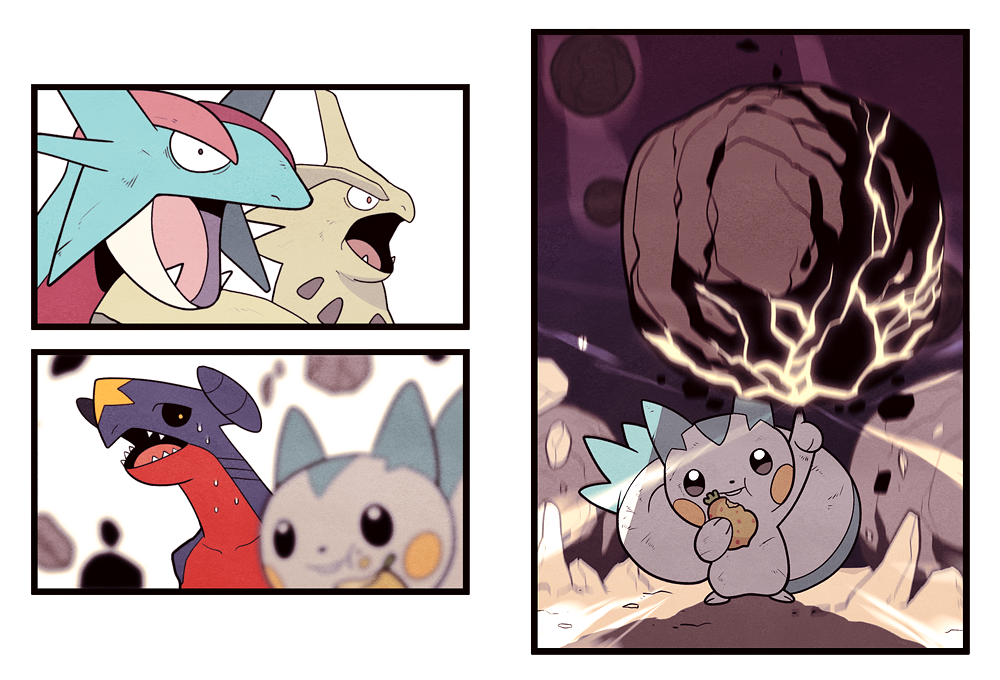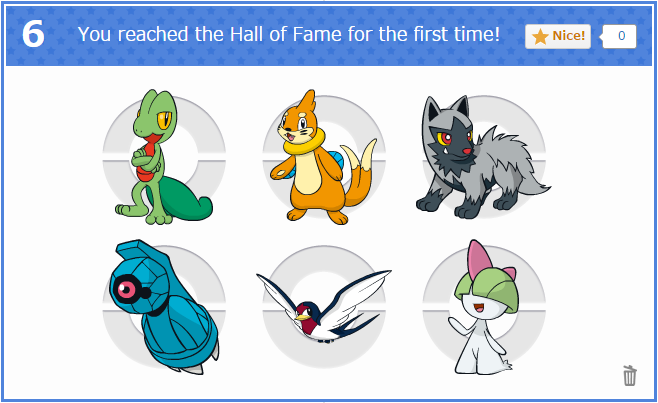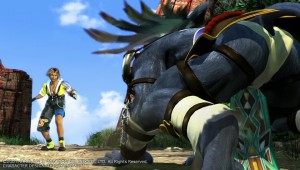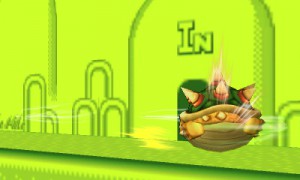As you may or may not be aware, I spent this past weekend at PAX South, with Belghast and Rae. I had a really fun time, and it was my first time seeing both of them in person, despite talking to them over the internet for years. They’re both awesome, and it made for a really fun day to wander around with them on Saturday.
This was the first annual PAX South, so my only point of comparison is PAX East in previous years. Compared to that, this show was a little smaller, and quite a bit more relaxed. Very few of the bigger publishers came at all, and Nintendo was the only representative of the Big 3 (And even then, they were only there to show off their New 3DS). As a result, the biggest booths belonged to Twitch and a pair of companies I’d never heard of before: Motiga and Greybox. Sadly, Greybox’s booth was incredibly crowded the entire time and so I didn’t get to see much of their games (Grey Goo and Dreadnought). Here are my highlights from the show:
A Gigantic Success
Gigantic is my game of the show, despite having to overcome some major obstacles: I knew nothing about it going in, I generally don’t like competitive shooters (I did have a small bit of enjoyment with Tribes a while back), and I’m already invested in a particular MOBA (League of Legends). Knowing nothing about it other than it controlled with WASD, I was seated in a group where 8 people had played before, and only Rae and I had not. After someone else on our team picked the minotaur-looking thing I was initially going to play, I opted for the dragon, and this turned out to be a great choice. Playing was a lot of fun, and it wasn’t until after we finished that I learned that it was Angry Joe on the other side of the table.
It turns out Gigantic isn’t entirely a shooter or a MOBA, but it does take elements from both.I think I have a lot more to say about this one than I’m willing to put in a PAX blurb, so look for that in the near future.
This Feels Familiar
I’m not going to say Brawlhalla is Smash Brothers without Nintendo characters, but it would be hard to complete this paragraph without that statement. It’s a 2D Brawler in the Smash Bros. style with a few differences. For starters, the game revolves around the weapon system, where each character has a small selection of possible weapon pickups that they can get from picking up glowing swords scattered around the battlefield. Gnash, for example, can get either a hammer or a spear. Some characters have shared weapons, but they have a few unique moves with each. Another thing is that all of the characters have three jumps and Mega Man X-style wall sliding/jumping, so recovery is less emphasized and most KOs are going to be via a direct ejection. The primary thing it seems to have over Smash Bros is that it’s on the PC, so we’ll have to see if that’s enough.
More Strategic Than Pokémon
Moonrise is a game I find interesting, not only for the claims I heard from Jeff Strain at PAX, from whose words I took this section title. In all honestly Moonrise reminds me more of Jade Cocoon than Pokémon, given the limited set of elements and ability for your player character to actually fight. It departs from most creature battling games by being pseudo-real-time, with actions that take certain amounts of time to perform, ATB-style. This does open up the possibility of things like interrupts and forces you to make decisions faster, so we’ll see how it shakes out. It’s already out if you’re in Canada, Sweden, or Denmark and own an iPad. Hopefully it’ll come out elsewhere soon.
Mark of Shame Award
I just feel the need to say that as the closest major Dev, Gearbox should have shown up with something awesome, and they barely came at all. Everything they had to say was part of a mini-panel, and since the panels were in their specific rooms and not on the schedule it was hard to plan around them. Other than the panel, they didn’t have anything really on display. When I even asked about Battleborn, they just told me to look at the website.
The runner-up for this one is Riot Games. I can see why they wouldn’t bring their big booth, but their panel left a lot to be desired. They originally had a pair of panels scheduled for Saturday, one in the afternoon and one in the late evening, with no indication of what they were going to show. By Saturday, the afternoon panel was announced as one on Champion Design, and the late panel was cancelled. The afternoon panel consisted of Ghostcrawler asking four other Riot employees champion design questions, followed by a Q&A. The minimalism of this panel (especially compared to other things Riot’s done in the past) makes me wonder if whatever they had planned on showing just wasn’t ready. I guess we’ll never know.
And the Rest
Hive Jump was on display, and it looks like it’s shaping up to be awesome. I backed it when it was on kickstarter, so that’s always nice to see. Faded is running a kickstarter right now, and looks like it might be cool if they can get a few things worked out. I also played a game called Pixel with some interesting ideas, although I’m not sure if it’s my sort of game.
Overall I found far more good than bad at the show, so I hope that future incarnations of it are successful. With there being 3 options for PAX in this country now, it’s my hope that more people get a chance to experience it. I’m off to go play more Citizens of Earth, so until next time.

